A recent MIT study has found a link between brain wave patterns and the formation of new memories. The researchers tracked the brain wave patterns in the hippocampus and prefrontal cortex of monkeys as they were trained to associate pairs of images. What they found was that the brain waves in those regions rose when the monkeys got the association right, but dropped when they guessed wrong.
There are a couple of interesting points here that could be related to magical practice. We know from studies of advanced meditators that experiences subjectively described as samadhi correspond to particularly high brain waves in particular areas. One of the practices employed by many modern magicians is the memorization of correspondences, which are then employed in the construction of rituals. It may be that combining a set of previously associated sensory impressions facilitates these heightened firing frequencies and contributes to the effectiveness of the practice.
On a more speculative note, a number of researchers have hypothesized that consciousness may be linked to quantum-level interactions within the brain that exhibit interference patterns similar to those exploited by quantum computing. While it's a big step from brain waves, which simply map the frequency at which neurons in a particular region are firing, to wavelike behavior at the quantum scale, finding a connection there could constitute a big piece of the puzzle that currently is described as the "hard problem" of consciousness.
Hopefully I will soon be in a position to do some of this research myself. I am one of the Kickstarter backers for the Emotiv Insight headset, a next-generation EEG device. Critically, the Insight includes reference sensors that provide some data on the location of the brainwaves it is tracking, in contrast to current models that simply track aggregate activity. The release date for the device is more than a year behind schedule, but Emotiv has announced that they plan on having the first run ready sometime this spring.
Intrigued by previous research in the area, a team led by Earl Miller and Scott Brincat, both from MIT, decided to study how the brain waves of the hippocampus and the prefrontal cortex - two regions that are crucial to learning - changed while the brain was trying to learn to associate two unrelated objects.
What they found was pretty, well, mind-blowing - whenever the brain correctly linked the two items in question, the brain waves oscillated at a high, “beta” frequency, but when the guess was wrong the waves oscillated at a lower, “theta” frequency.
"It's like you're playing a computer game and you get a ding when you get it right, and a buzz when you get it wrong,” said Miller in a press release. “These two areas of the brain are playing two different 'notes' for correct guesses and wrong guesses.”
"Brain waves had been ignored for decades in neuroscience. It's been thought of as the humming of a car engine. What we're discovering through this experiment and others is that these brain waves may be the infrastructure that supports neural communication," he added.
The researchers now believe that this brain wave feedback system could actually reinforce correct guesses while suppressing the wrong answers, helping the brain to learn the correct answer.
There are a couple of interesting points here that could be related to magical practice. We know from studies of advanced meditators that experiences subjectively described as samadhi correspond to particularly high brain waves in particular areas. One of the practices employed by many modern magicians is the memorization of correspondences, which are then employed in the construction of rituals. It may be that combining a set of previously associated sensory impressions facilitates these heightened firing frequencies and contributes to the effectiveness of the practice.
On a more speculative note, a number of researchers have hypothesized that consciousness may be linked to quantum-level interactions within the brain that exhibit interference patterns similar to those exploited by quantum computing. While it's a big step from brain waves, which simply map the frequency at which neurons in a particular region are firing, to wavelike behavior at the quantum scale, finding a connection there could constitute a big piece of the puzzle that currently is described as the "hard problem" of consciousness.
Hopefully I will soon be in a position to do some of this research myself. I am one of the Kickstarter backers for the Emotiv Insight headset, a next-generation EEG device. Critically, the Insight includes reference sensors that provide some data on the location of the brainwaves it is tracking, in contrast to current models that simply track aggregate activity. The release date for the device is more than a year behind schedule, but Emotiv has announced that they plan on having the first run ready sometime this spring.













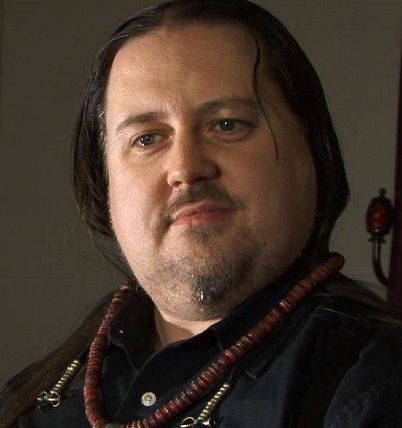

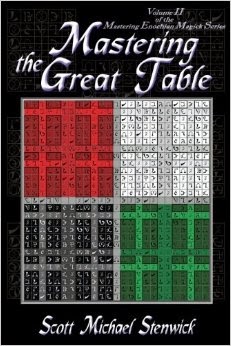


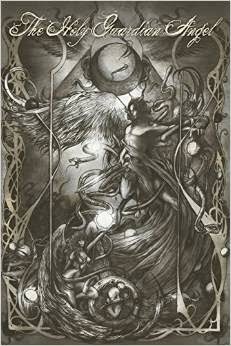

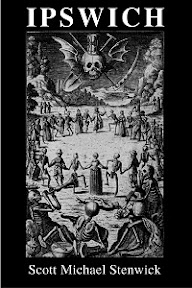
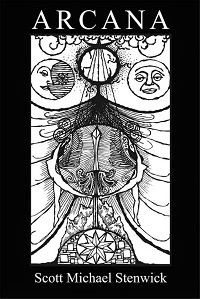

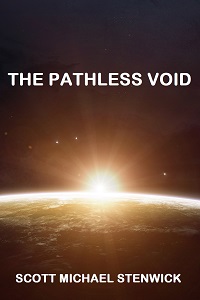

No comments:
Post a Comment